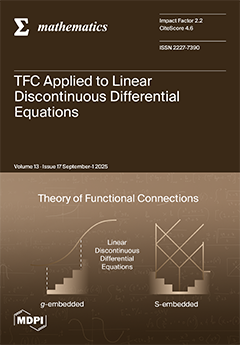This paper explores some frame bundles and physical implications of Killing vector fields on the two-sphere
, culminating in a novel application to Maxwell’s equations in free space. Initially, we investigate the Killing vector fields on
(represented by the unit sphere of
), which generate the isometries of the sphere under the rotation group
. These fields, realized as functions
, defined by
for a fixed
and any
, generate a three-dimensional Lie algebra isomorphic to
. We establish an isomorphism
, mapping vectors
(with
) to scaled Killing vector fields
, and analyze its relationship with
through the exponential map. Subsequently, at a fixed point
, we construct a smooth orthonormal right-handed tangent frame
, defined as
, where
is the unit vector field of the Killing field
. We verify its smoothness, orthonormality, and right-handedness. We further prove that any smooth orthonormal right-handed frame on
is either
or a rotation thereof by a smooth map
, reflecting the triviality of the frame bundle over the parallelizable domain. The paper then pivots to an innovative application, constructing solutions to Maxwell’s equations in free space by combining spherical symmetries with quantum mechanical de Broglie waves in tempered distribution wave space. The deeper scientific significance lies in bringing together differential geometry (via
symmetries), quantum mechanics (de Broglie waves in Schwartz distribution theory), and electromagnetism (Maxwell’s solutions in Schwartz tempered complex fields on Minkowski space-time), in order to offer a unifying perspective on Maxwell’s electromagnetism and Schrödinger’s picture in relativistic quantum mechanics.
Full article





